What Do East Coast States, D.C., and I Have In Common? Preparations for ‘Frankenstorm’ Sandy
With Hurricane Sandy nearing landfall in the mid-Atlantic and Northeast United States, Circle of Blue’s Washington, D.C., correspondent reports from the nation’s capital.
What do you get when you combine a hurricane, a wintry storm from the west, frigid air from the north, an unusually warm Gulf Stream, and a full moon?
A storm that might just be the most “perfect” since the so-called Perfect Storm of Halloween 1991.
“We don’t have many modern precedents for what the models are suggesting,” Jim Cisco, a National Oceanic and Atmospheric Administration forecaster, told The Washington Post.
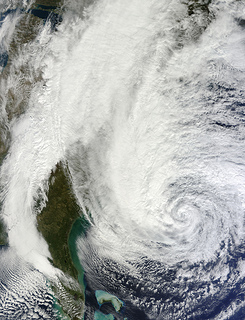
While every weather event is influenced by climate, Sandy is the latest in a series of storms whose damaging effects have been magnified by climate change, a National Center for Atmospheric Research scientist wrote. Warmer temperatures and higher atmospheric moisture levels make rainfall heavier, while rising sea levels worsen coastal flooding — this has been the case for weather events from the so-called Perfect Storm of 1991 to Hurricane Katrina in 2005 to devastating Northeast flooding from Tropical Storm Lee in 2011.
No one knows exactly what will happen this time around with Hurricane Sandy, though wind damage and flooding has already begun on the East Coast, and tropical-storm-force winds are expected north to Canada and west to the Great Lakes.
If the latest predictions hold, Sandy will make landfall near New Jersey, testing the state’s readiness for possible future climate change-related severe weather. A 2012 Natural Resource Defense Council report listed New Jersey and New York among the most prepared states. Virginia, already seeing power outages and rising water levels, ranked among the largely unprepared or lagging states.
Study author Ben Chou, a water policy analyst at the Natural Resources Defense Council, said of New York’s response to Sandy, “I think they’re doing as well as can be expected.”
New York, Chou said, has been creating and implementing short- and long-term plans to upgrade infrastructure and buildings codes and has a dedicated sea-level-rise task force, placing it in the highest tier of the NRDC report. New Jersey, however, falls into the second tier, since the state agencies looking at climate-change responses are “not very well coordinated,” Chou said, and the state has not necessarily analyzed coastal issues.
Holing Up In D.C.
The storm is likely to hit Washington, D.C., between Monday and Tuesday, so the District’s water authority is preparing.
“We don’t anticipate any interruptions in service,” DC Water general manager George Hawkins said in a news release Friday. Wastewater and drinking water treatment facilities in D.C. are designed to withstand devastating storms, the release said, and individual home or building power outages do not affect water service.
However, previous storms have knocked out power to some of the area’s nine pumping stations beyond the central wastewater treatment plant, Pamela Mooring, DC Water’s communications manager, told Circle of Blue. So, crews are readying backup generators in the area, manning unmanned pumping stations, and filling DC Water’s central facilities with supplies and food for crews working extended hours.
Crews have also been placing sandbags, clearing storm drains, and putting repair contractors on standby.
D.C. residents, the news release recommended, should clear debris from gutters and downspouts, report clogged storm drains to (202) 612-3400, and fill and freeze containers of tap water for cooling in case of a power outage.
As a D.C. resident myself, I’m not going into panic mode yet. But as the eye of the storm approaches, I will do a final gutter and drain check around my house and bring in our flowerpots. My roommates all independently filled up water containers or bought bottled water, just in case.
By Wednesday, we’ll know whether Frankenstorm Sandy was more of a perfect storm or a perfect Halloween punch line.
How are you preparing for Hurricane Sandy? Email me at circleofblue.org/contact, Tweet me at @APMaddocks, or comment below.
–Andrew Maddocks
Circle of Blue reporter
is a Washington, D.C–based correspondent for Circle of Blue. He graduated from DePauw University as a Media Fellow with a B.A. in Conflict Studies. He co-writes The Stream, a daily summary of global water news.

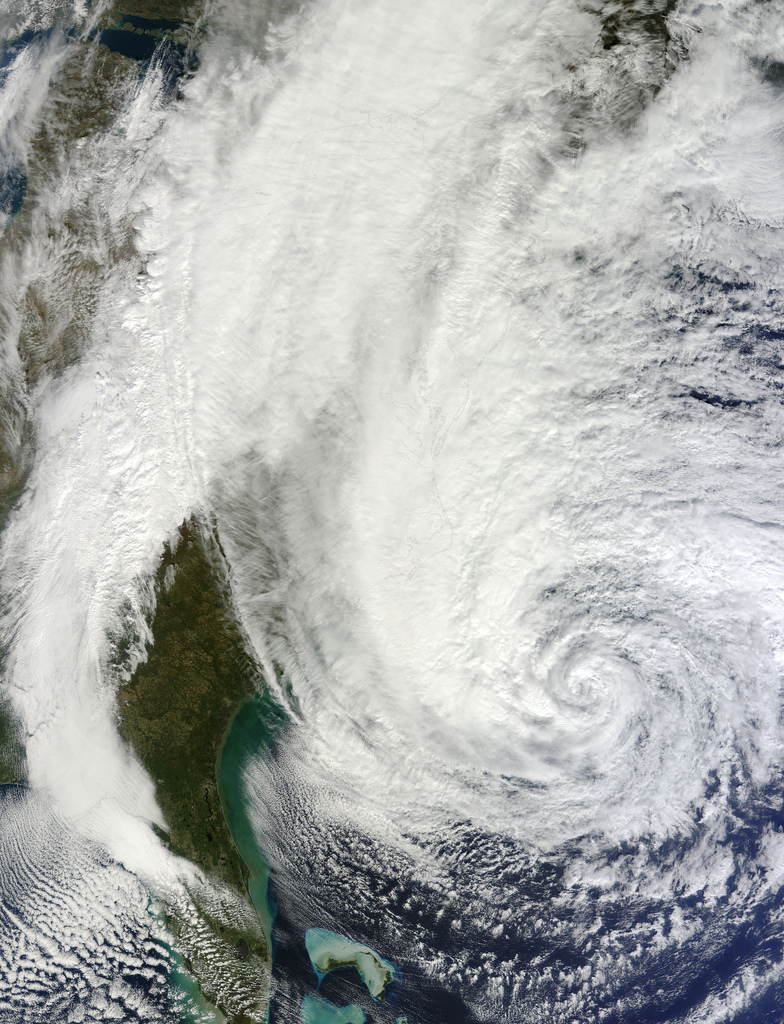
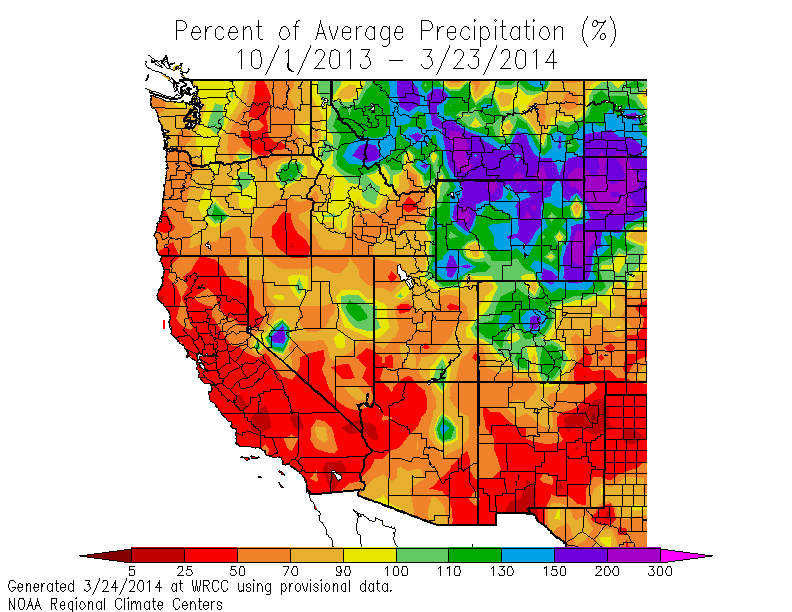
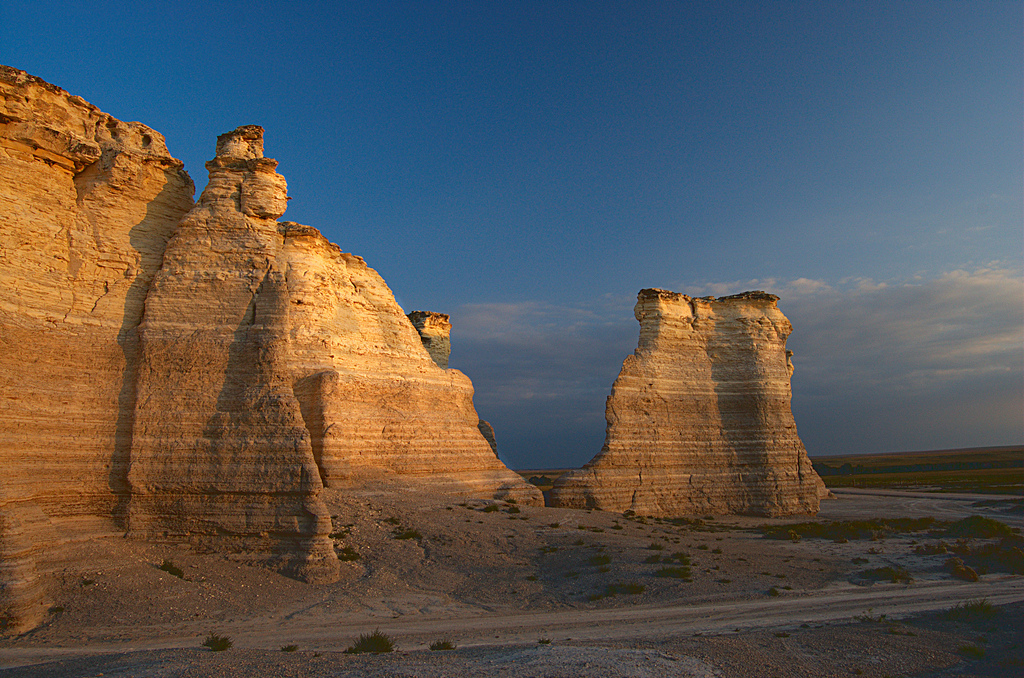



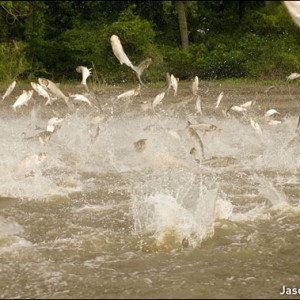
Leave a Reply
Want to join the discussion?Feel free to contribute!